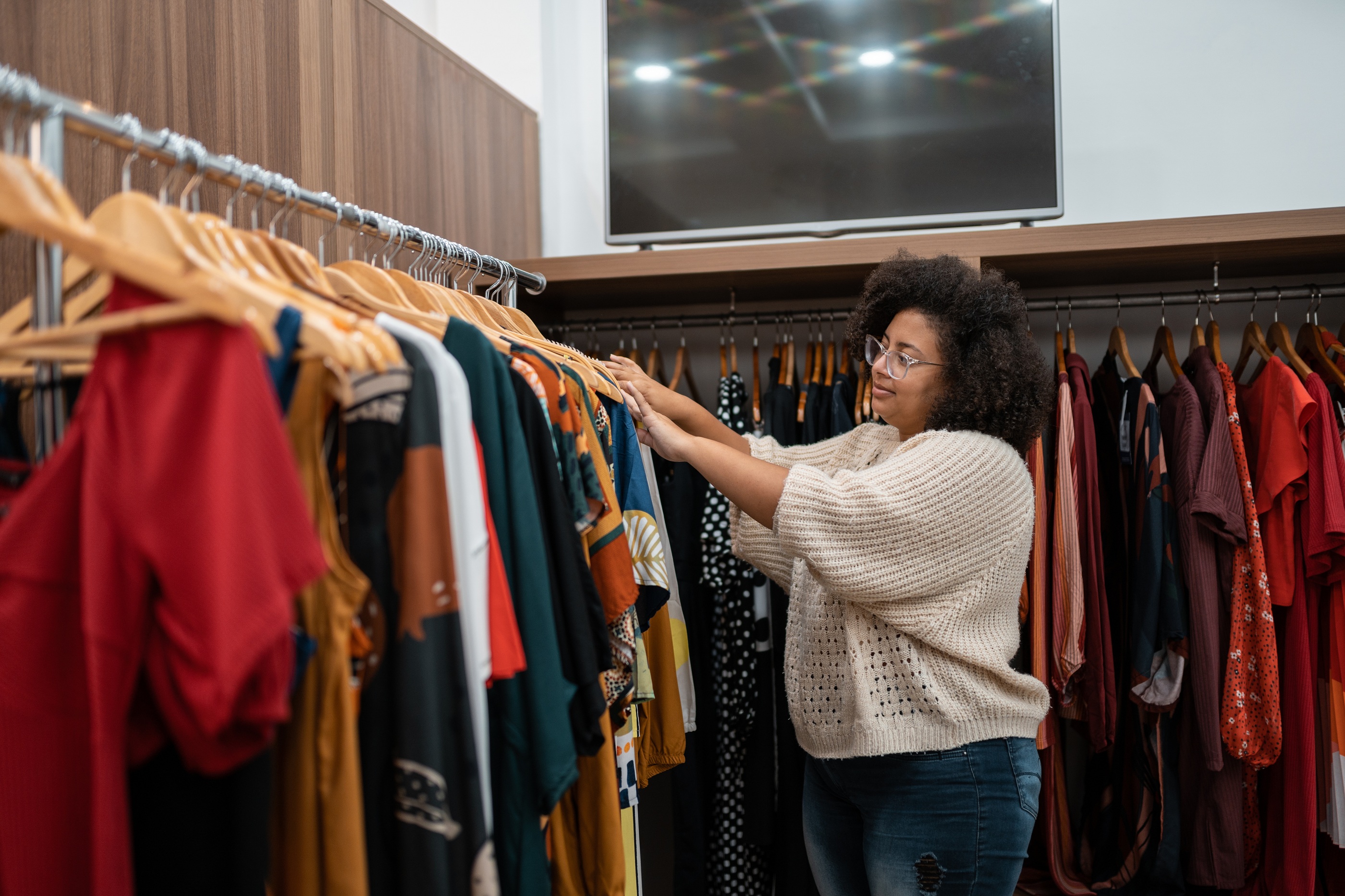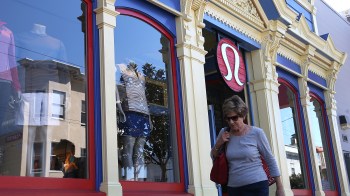Conserving with style
Share Now on:
Conserving with style
TESS VIGELAND:
Move over, dahling.
I’d like a seat next to Ms. Wintour.
No?
OK.
I’ll just fall into the Gap.
The annual haute couture extravaganza known as New York Fashion Week begins this weekend.
Movie stars and glossy fashion mags won’t be the only ones on the lookout for new trends.
Discount clothing stores like H&M and Old Navy stitched up their retail fame by mainstreaming runway styles in a matter of weeks.
But do the savings really add up?
We asked Marketplace Sustainability Reporter Sam Eaton to look into the economics of a new phenomenon known as “fast fashion.”
SAM EATON: At the Beverly Center in Los Angeles, teens in identical outfits comb the aisles of clothing stores in search of bargains.
Sixteen-year-old Paige Diaz is shopping with her mom and three sisters. She says it no longer makes sense to buy expensive designer labels.
PAIGE DIAZ: Fashions change so much that what’s the point of paying so much when it’s just going to go out of style in a week.
Instead, Diaz sticks to fast-fashion stores like H&M, where she can find all the latest trends for low, low prices that rival even Wal-Mart. And if it falls apart after a couple washes? Just throw it away and buy a new one.
This retail phenomenon is the product of a highly efficient global supply chain. Casey Sheahan is CEO of the outdoor clothing company Patagonia. He says the stylish bargains teens are looking for at the mall may cost a lot more than they think.
CASEY SHEAHAN: When we look at disposable clothing, we have to think in terms of all the incremental costs associated with it. The cost of disposal, the cost of transportation, the cost on a labor base in a foreign country. There are social, there are environmental, there are financial.
Sheahan says paying more for high-quality, eco-friendly clothing that lasts longer not only saves money, it reduces the impact of that purchase on the planet. By some estimates a single cotton t-shirt requires about a pound of pesticides to produce.
Patagonia now sells only organic cotton. It’s also started a clothing recycling program that will cut the company’s greenhouse gas emissions by an estimated 71 percent.
But in downtown LA’s fashion district, eco-friendly clothing has to do a lot more than save the planet. It has to impress.
SUMMER BOWEN: Yeah, this is a great line. Very eco. Very fashionable too. One of my faves. [Laughs]
Summer Bowen is looking at the latest offerings from eco-designer Stewart & Brown. Bowen’s online store, BTC Elements, sells only environmentally-friendly clothes. It’s part of a new niche in the industry called eco-fashion: clothing that’s basically gentle on the earth . . . and gentle on the eyes.
Bowen says that’s a welcome change. She cringes as she remembers an eco-fashion show she attended a few years back.
BOWEN: All the models were just appalled at what they were wearing.
EATON: Like what kind of clothing?
BOWEN: Pretty much hemp sacks that were died lavender. It was bad [Laughs].
Those days are pretty much over. Bowen says almost every week, new designers are stepping into the eco-fashion fold. It’s even become part of New York Fashion Week.
In a midtown Manhattan hotel suite, Los Angeles designer Linda Loudermilk puts the finishing touches on her runway show. She says most consumers, if given the choice, would pay more for clothing that was made in a sustainable way. But Loudermilk is taking the concept even further. Her labels read more like a grocery list.
LINDA LOUDERMILK: Cashmere mixed with milk and you would not believe how soft this is. It feels like you’re jumping into a jar of yogurt.
Loudermilk pauses, then adds that that jar of yogurt would be certified organic.
I’m Sam Eaton for Marketplace Money.
There’s a lot happening in the world. Through it all, Marketplace is here for you.
You rely on Marketplace to break down the world’s events and tell you how it affects you in a fact-based, approachable way. We rely on your financial support to keep making that possible.
Your donation today powers the independent journalism that you rely on. For just $5/month, you can help sustain Marketplace so we can keep reporting on the things that matter to you.


















